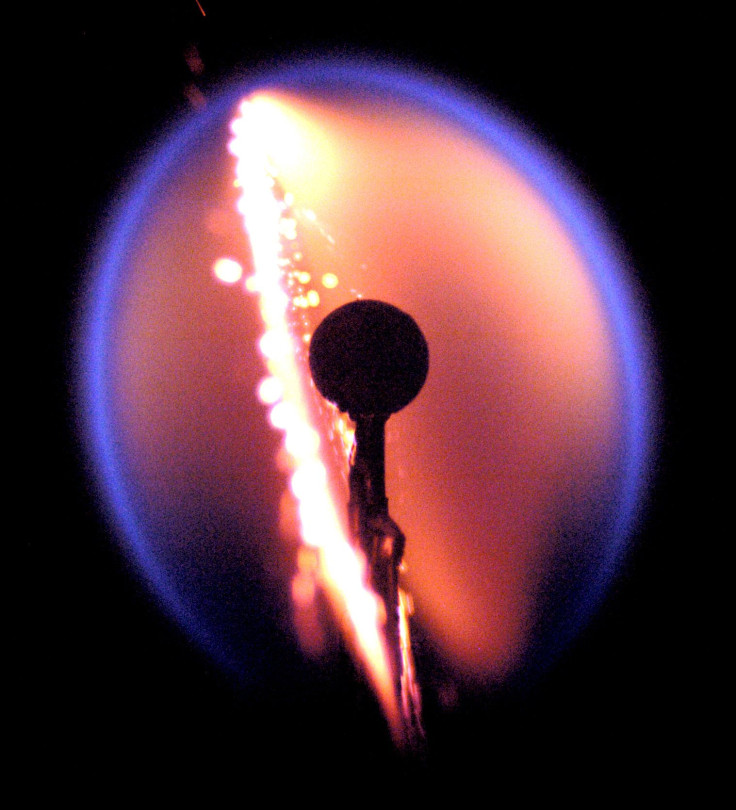NASA Setting Space Fires For Science Out Of Earth’s Gravity Aboard ISS

NASA is about to set some fires on the International Space Station.
The space agency will perform Advanced Combustion via Microgravity Experiments — or ACME for short — in the microgravity of Earth’s orbit to better understand how flames burn in different conditions. In addition to improving fire safety on spacecraft, what the experts learn might be able to be applied to fire on the planet’s surface.
“Results of the experiments could lead to improved fuel efficiency and pollutant reduction,” NASA says.
Read: NASA Carries Students’ Mars Rover Robots into Space
The tests include watching flames that are burning in sooty conditions, seeing how an electric field might be used to control a fire and reduce its emissions and to look at how different spacecraft materials burn.
Outer space helps understand fire because gravity’s pull on flames can mask behavior and structure. NASA says in microgravity the scientists “can look at the underlying physics.”
“That knowledge can help designers and engineers develop furnaces, power plants, boilers and other power systems that are more efficient and less polluting.”
The fire looks different too: NASA has explained flames in microgravity are more spherical.
Those experiments are slated to start soon, launching with the 11th SpaceX cargo mission, which is scheduled for Thursday at 5:55 p.m. EST. At the Kennedy Space Center in Florida, the company’s Falcon 9 rocket will launch an unmanned cargo spacecraft carrying both the materials for the fire experiments and other supplies, equipment and instruments.
NASA said meteorologists are projecting a 70 percent chance the weather will cooperate enough for the launch that day.
The astronauts aboard the ISS will not be involved, however, beyond assembly. NASA explained scientists will perform the experiments remotely, from a research center in Cleveland.
“The crew of the space station will set up the hardware needed for the experiments and then they float away,” project scientist Dennis Stocker said. “ACME tests are then commanded from the ground and data is downlinked for analysis and planning of subsequent tests.”
Read: New Zealand Wants to Launch Rockets Every Week
These won’t be the first experiments aboard the ISS that have involved fire, not even in the last couple of years. The space agency has previously tested how different materials burn in space and how the flames spread through them, recording the results as the scientists observed the smoke patterns coming off the blazing items.
For one experiment, in an enclosure the researchers ignited a blend of cotton and fiberglass using a hot wire. That enclosure was bigger than 20 cubic feet, which was a big jump — NASA said at the time that the largest experiment before that was “about the size of an index card.”
© Copyright IBTimes 2025. All rights reserved.



















